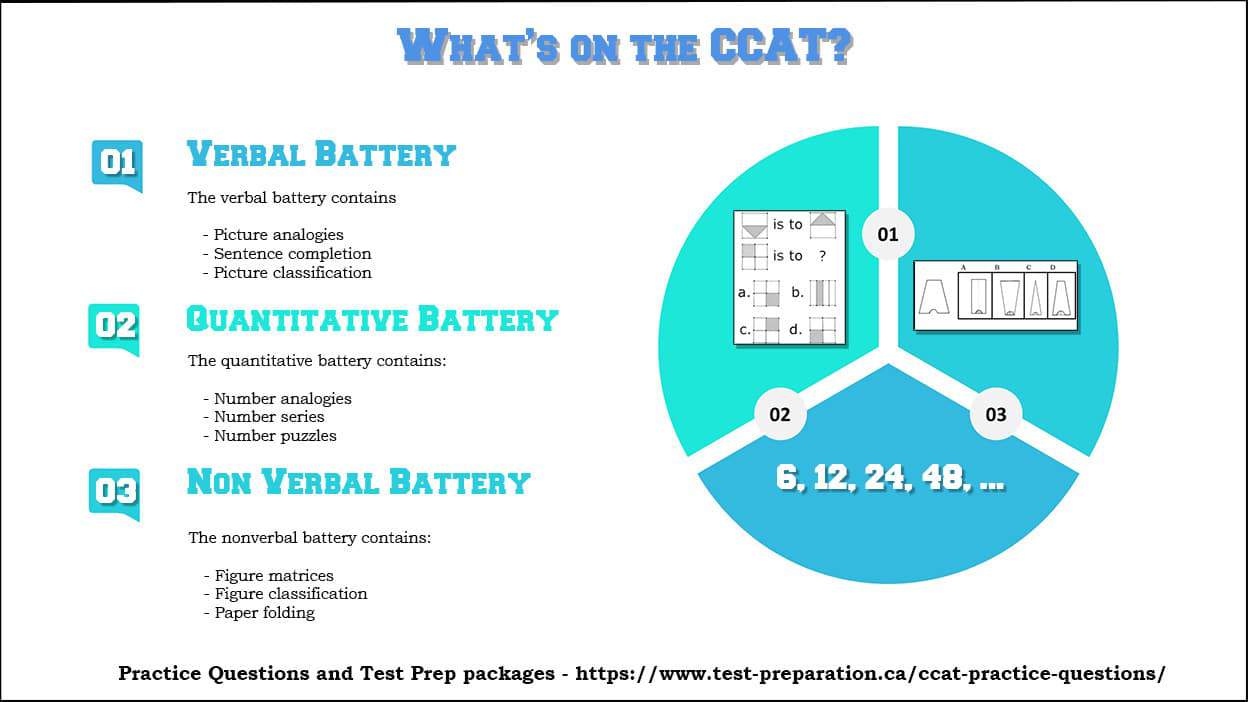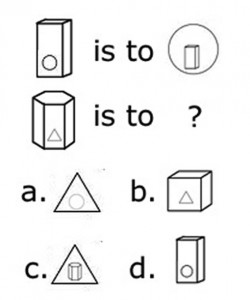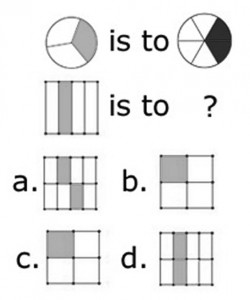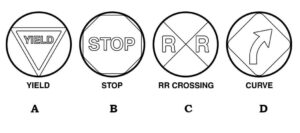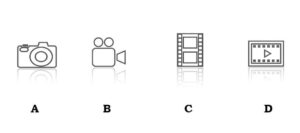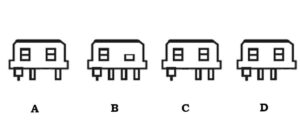About the CCAT Grade 5 Test – Level 11
5th-grade students in Canada are required to sit for an approved aptitude test before they are enrolled in a gifted and talented program. The Canadian Cognitive Abilities 5th Grade Test is the most common for 5th graders take. The test is commonly referred to as CCAT Level 11, as candidates for the test are expected to be about 11 years of age.
The CCAT 5th Grade test assesses student’s cognitive abilities using three categories of assessments, or batteries. These are, the verbal, nonverbal, and quantitative battery. The test is structured to be fair to all as candidates with underdeveloped English skills can still score well on the test. The CCAT Level 11 test results are used as part of the admission criteria to special school programs such as the gifted and talented program.
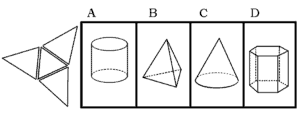
Start with a CCAT 5 Practice Test
What’s on the Test
Candidates for the CCAT Level 11 test will be required to answer 176 questions, as in the CCAT 4th Grade Test. Since 5th-grade students have developed better cognitive abilities, the questions in each section will be harder than the other test levels. Depending on the school’s requirements, the three sections may be administered in one sitting, or taken separately.
Verbal Battery
The Verbal Battery of the CCAT (Canadian Cognitive Abilities Test) measures a student’s ability to understand and reason with concepts framed in words. This includes skills like verbal reasoning, vocabulary, analogies, and sentence completion. These questions test relationships between words, identifying patterns, and applying logic.
Verbal Analogies
1. Nest : Bird Cave :: _____
a. bear
b. petal
c. house
d. dog
Answer: A
A Bird lives in a nest, the way way a bear lives in a cave.
2. Teacher : School :: _____ : _____
a. Businessman : Money
b. Waitress : Coffee Shop
c. Dentist : Tooth
d. Fish : Water
Answer: B
A teacher works in a school in the same way a Waitress works in a coffee shop.
3. Pebble : Boulder :: Pond : _____
a. Ocean
b. River
c. Drop
d. Rapids
Answer: A
A boulder is a very large pebble – both are rocks, in the same way an ocean is a very large pond – both are very bodies of water.
Vocabulary
Example Questions
1. What is a “polygon”?
A) A three-dimensional shape
B) A figure with multiple angles and sides
C) A type of line segment
D) A type of angle
Answer: B
A polygon is a flat shape with at least three straight sides and angles, such as a triangle or square.
2. What does the word “represent” mean?
A) To take away something
B) To stand for or symbolize something
C) To oppose something
D) To create something new
Answer: B
“Represent” means to act or speak on behalf of someone or something, or to be a symbol of something.
3. What does it mean to “predict” something?
A) To guess without any information
B) To remember something from the past
C) To say what will happen in the future based on information
D) To change an outcome
Answer: C
“Predict” means to make an educated guess about what will happen in the future based on current knowledge or evidence.
Sentence Completion
1. The meeting was __________ because it determined the company’s future.
A) sparse
B) peculiar
C) crucial
Answer: C) crucial
The word “crucial” means extremely important or decisive. Since the meeting determined the company’s future, it was important or “crucial” to its success.
2. In the desert, vegetation is often __________ due to the lack of water.
A) crucial
B) peculiar
C) sparse
Answer: C) sparse
The word “sparse” means thinly scattered or in small amounts. Vegetation in the desert is typically limited because of the arid environment, making “sparse” the correct choice.
3. Her behavior was __________ at the party, and many people found it hard to understand.
A) crucial
B) sparse
C) peculiar
Answer: C) peculiar
“Peculiar” refers to something that is strange or unusual. Since her behavior was difficult for others to comprehend, it can be described as “peculiar.”
Practice Questions (Vocabulary Style – meaning in Context)
Sentence Completion – (Audio)
Click here for CCAT Grade 5 practice questions and complete test package
Nonverbal Battery
The Nonverbal Battery presents the test taker with geometric shapes and figures, and asks them to identify relationships between pictures in a matrix, determine how a shape will look when folded or unfolded, and recognizing patterns in a set of shapes and choosing the next figure in the sequence.
Figure Classification
Test-takers are presented with three shapes lined up together. To answer, test-takers must select a fourth shape that matches the category of the three shapes.
Directions: In each of the following questions, select the choice that does not belong with the other three.
1.
2.
3.
1. When the two longest sides touch what will the shape be?
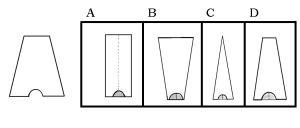
Answer: D
2. When folded into a loop, what will the strip of paper look like?
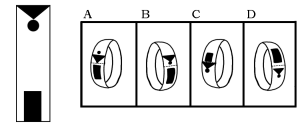
Answer: A
Folding Practice – Visual Acuity
Number Series
Test-takers are given a series of numbers that follow a predetermined rule. They must choose a final number from the choices to complete the series.
1. Consider the following series: 6, 12, 24, 48. What number should come next?
a. 48
b. 64
c. 60
d. 96
Answer: D
The numbers double each time.
2. Consider the following series: 5, 6, 11, 17. What number should come next?
a. 28
b. 34
c. 36
d. 27
Answer: A
Each number is the sum of the previous two numbers.
3. Consider the following series: 26, 21, …, 11, 6. What is the missing number?
a. 27
b. 23
c. 16
d. 29
Answer: C
The numbers decrease by 5 each time.
Quantitative Battery
Number Puzzles
Test-takers are presented with a mathematical equation with a missing number. The equation will be solved by selecting a number that fits the gap and completes the equation.
Example Questions
1. 2 + ___ = 9
a. 7
b. 3
c. 6
d. 8
Answer: A
1. 2 + 7 = 9
2. (3 X 4) – 5 = ___
a. 17
b. 7
c. 12
d. 15
Answer: B
(3 X 4) – 5 = 7
3. (8 X 2) X (2 X 3) ___
a. 60
b. 72
c. 96
d. 92
Answer: B
(8 X 2) X (2 X 3) = 72
Number Analogies
Test-takers are given a pair of numbers and must decide the relationship between the numbers. They are then presented with another number missing its pair. Test takers must apply the relationship from the first pair to complete the second pair.
Example Questions
1. 1 is to 2 as 3 is to:
a) 4
b) 5
c) 6
d) 7
Answer: a)
Just as 1 increases by 1 to become 2, 3 increases by 1 to become 4.
2. 2 is to 4 as 3 is to:
a) 5
b) 6
c) 7
d) 8
Answer: b)
Just as 2 is doubled to become 4, 3 doubled is 6.
3. 5 is to 10 as 6 is to:
a) 11
b) 12
c) 13
d) 14
Answer: b)
Just as 5 is doubled to become 10, 6 doubled is 12.
CCAT Grade 5 Score Report
The CCAT level 11 result slip has three different scores that tell the general cognitive ability of each student. Each score is reached by summing up results from the quantitative, nonverbal, and verbal sections.
The Age Percentile Rank (APR) score ranks all candidates by age group. The Grade Percentile Rank (GPR) ranks students by grade. The Stanine (S) score shows every student’s learning aptitude on a score between 1 and 9 with 9 being the highest possible score, 5 being average, and 1 being the lowest.
Click here for CCAT Grade 5 practice questions and complete test package
CCAT Test Tips
1. Practice by balancing between simulated practice exams and real-life examples. Even though practice tests are the most appropriate tool for studying, working with real-life examples is an important learning process. For example, while organizing your laundry, ask your child to categorize the clothes depending on their color. This will familiarize them with real-life patterns they may face in the actual test.
2. Ask your child to think out loud during the practice sessions to understand what is going on in your child’s mind. Encourage your child to explain their thinking, so that you can understand and guide them.
Since candidates might find the CCAT Level 11 test intimidating, they are advised to start their preparations a few weeks before the scheduled test day. Allowing a child to have enough time to go through and familiarize themselves with the material will increase their chances of doing well in the test. Try to practice with your child regularly for a few hours as they have to learn gradually without feeling pressured or stressed. A general rule of thumb is to avoid waiting until the last minute to rush your child through the material.
Click here for CCAT Grade 5 practice questions and complete test package
Date Published: Wednesday, April 20th, 2022
Date Modified: Tuesday, March 4th, 2025

